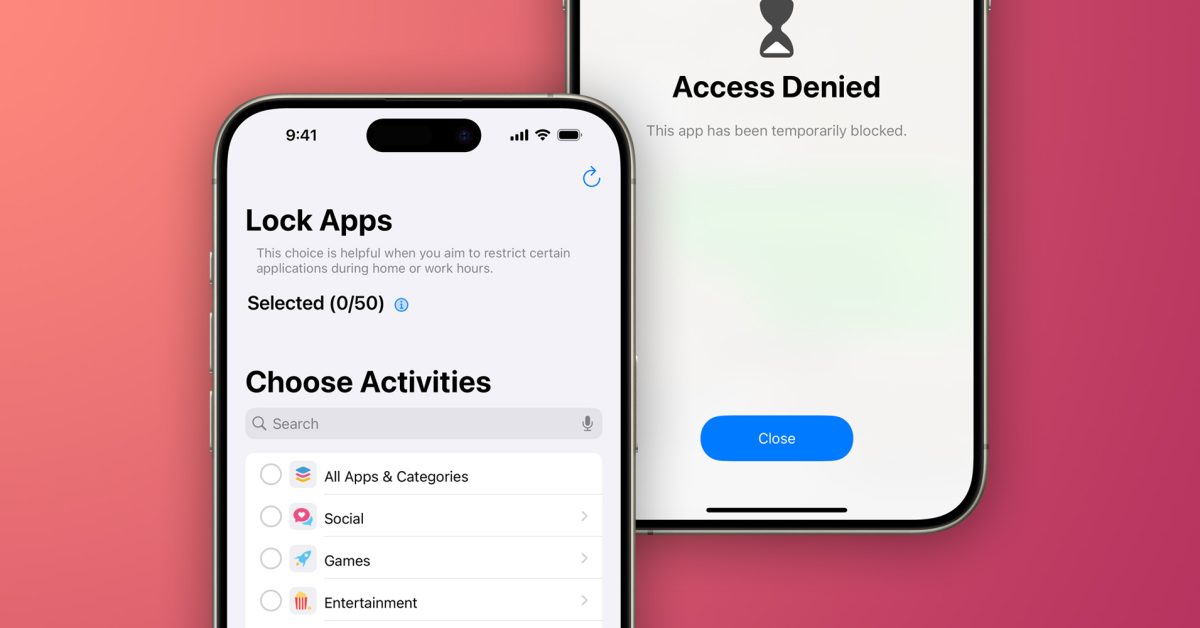Apple’s Face ID is convenient, secure, and fast — but it also has some pretty big limitations. The technology takes up significantly more space than the single front-facing selfie camera you see on most great Android phones, and it also costs more. That’s where Metalenz, a startup spun up out of a Havard lab, wants to come in. Thanks to a partnership with Samsung and Qualcomm, it wants to bring its new Polar ID technology to future Android phones, all while eliminating the cost and size disadvantages of Apple’s approach. I sat down with Metalenz to talk about the future of face unlock at MWC 2024.
Unlike Face ID and other technologies like it, such as on the Honor Magic 6 Pro or the Google Pixel 4 back in the day, Polar ID relies on a completely different approach. Face ID essentially projects an invisible dot matrix on your face that it captures with a special camera, but Polar ID works by directly capturing polarized light bouncing off your face, which provides a unique signature like your fingerprint.
The new security mechanism is made possible by special sensors, so-called metasurfaces, which essentially pack all the optics you know from a regular camera with multiple lenses into a single 3D surface. This allows the sensor to directly capture polarized light, enabling quick and secure authentication among many other potential use cases. For the future, the company is also exploring skin health features, air quality metering,
Polar ID is ready for the mass market
And it’s very secure, at least in the demos
Metalenz has been working on turning this technology into a scalable, mass-producible product for a few years now, and at MWC 2024, the company thinks it’s just about ready. It partnered up with Qualcomm to make it easy to integrate the necessary software and hardware into Snapdragon-powered phones, and announced a new cooperation with Samsung to bring Polar ID to the light engine of the company’s Isocell Vizion 931 sensor.
The final Polar ID-enabled camera isn’t any bigger than a regular selfie (left with lens disassembled, right with full camera)
The array the company showed me takes up significantly less space than the Face ID technology in all dimensions, leaving more internal room for other components, too. Metalenz also says that it’s only about half the price due to fewer components.
At the show, the company presented a Snapdragon 8 Gen 3-powered reference phone that’s capable of showcasing the technology in action. Like Face ID, Polar ID supports some advanced safety features. It’s not possible to fool the sensor with an image, and you can’t even use a 3D-printed mask to work around it. In the demo, Metalenz showed me that the polarization varies widely between CEO Rob Devlin’s face and an image of it. The same is true for a mask, which has a vastly different polarized image.
The developer kit is bulky, but it’s a proof-of-concept how well the technology works
While polarization-based identification isn’t in use yet outside of lab applications, some smartphone manufacturers are already experimenting with similar technology in their devices. The Google Pixel 8 Pro and the Samsung Galaxy S24 both use similar camera technology for their depth-sensing features on the back of the phones.
When will phones finally get Polar ID?
Metalenz estimates that products will come out in 2025 the earliest
So, when are we going to see this technology in Android phones? Metalenz tells me that they’re getting ready to mass-produce its technology in the second half of 2024, and is currently talking to multiple Android manufacturers about cutting deals. Given that Qualcomm is on board with native Snapdragon support for the technology, and the fact that Polar ID can be easily integrated with Samsung’s sensor, it’s likely just a question of time until we see it in the wild. Metalenz estimates that most likely, products could appear in 2025 the earliest.
Until then, we’ll have to make do with Google’s and Samsung’s RGB-based approaches that are inherently less secure and only work in good lighting conditions.










